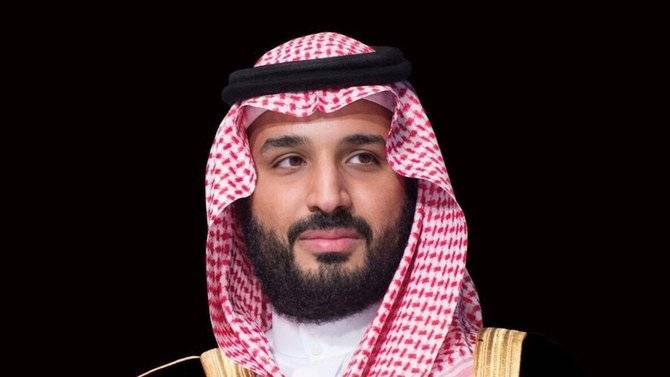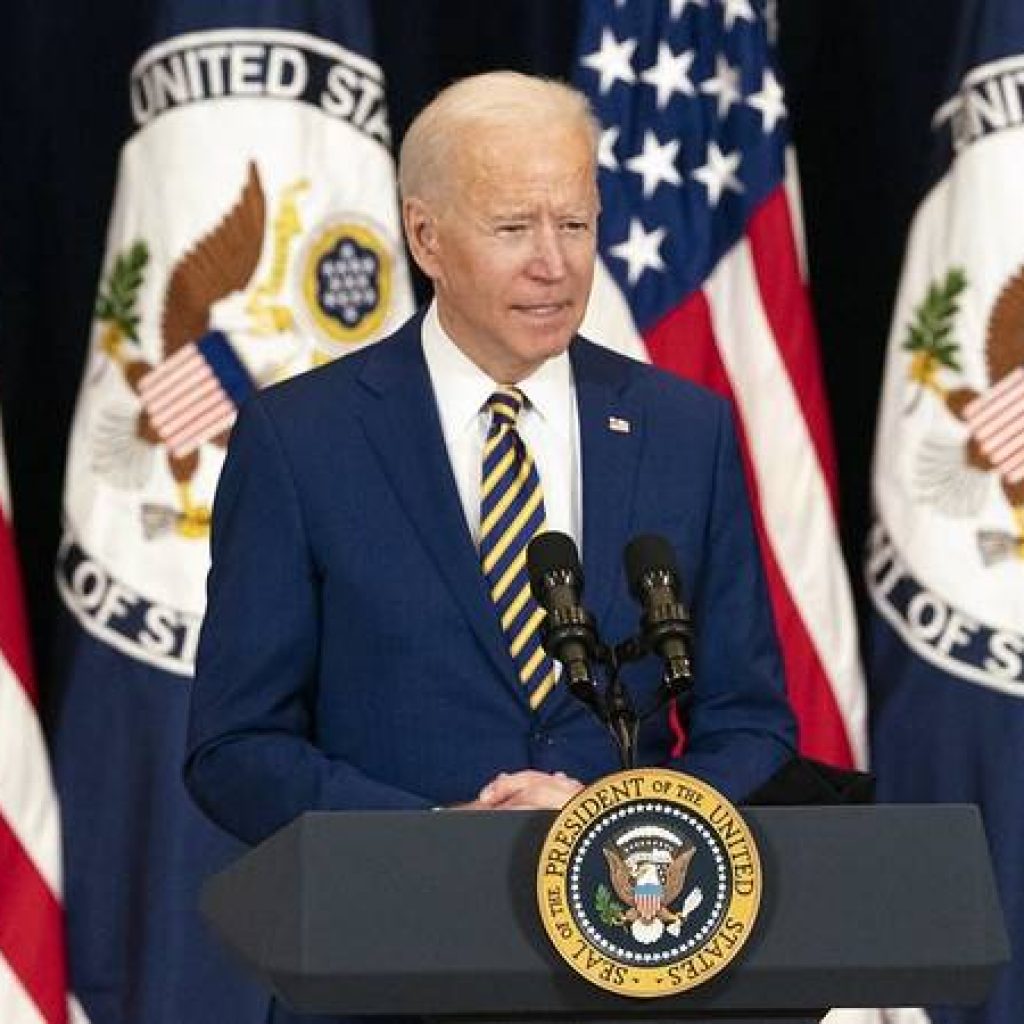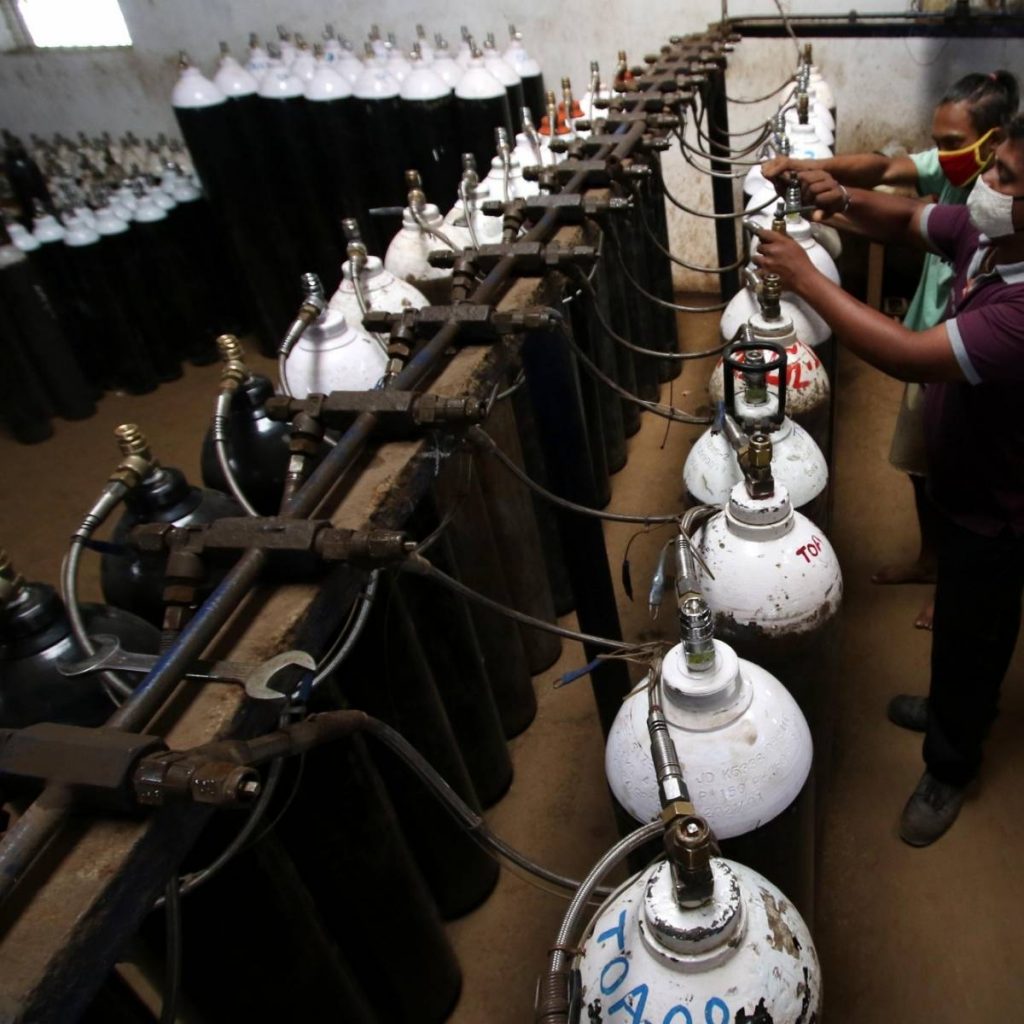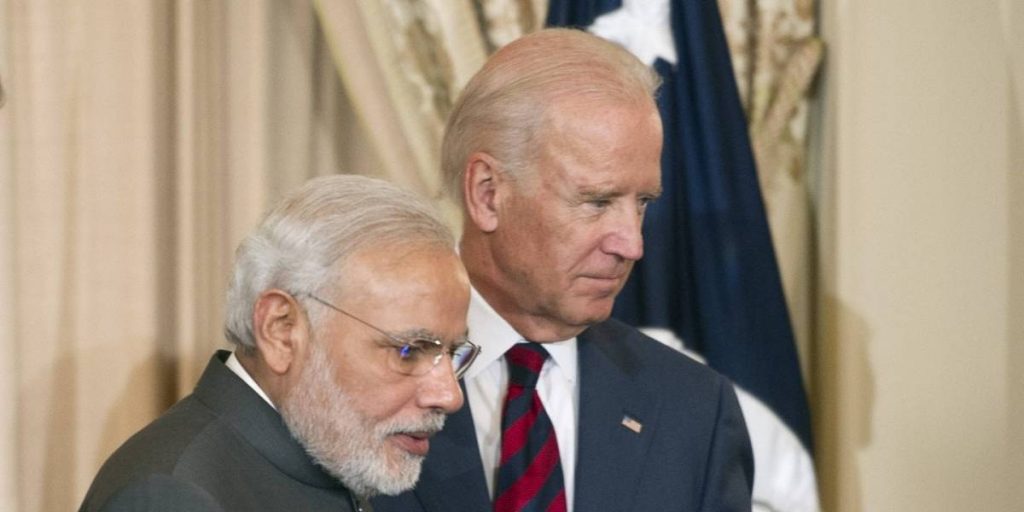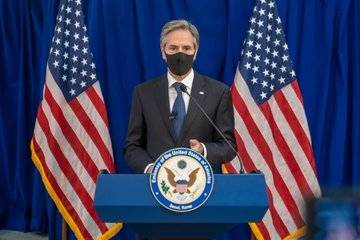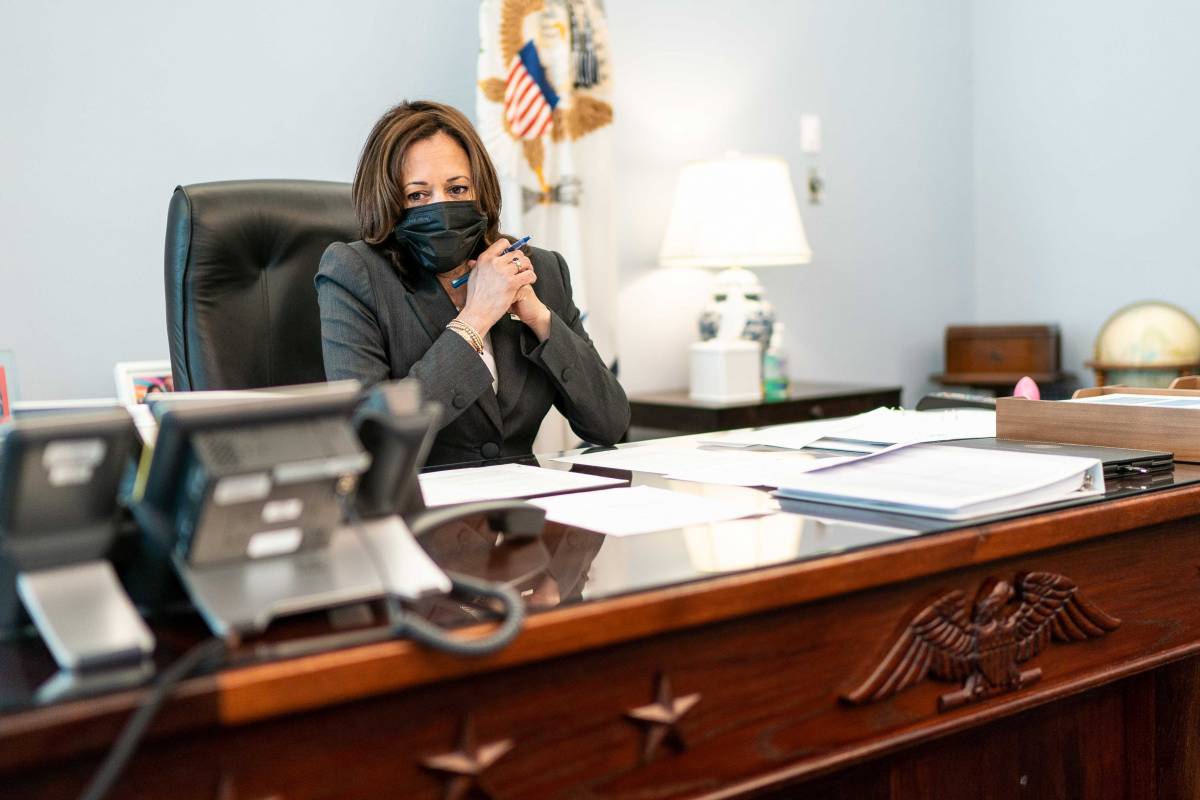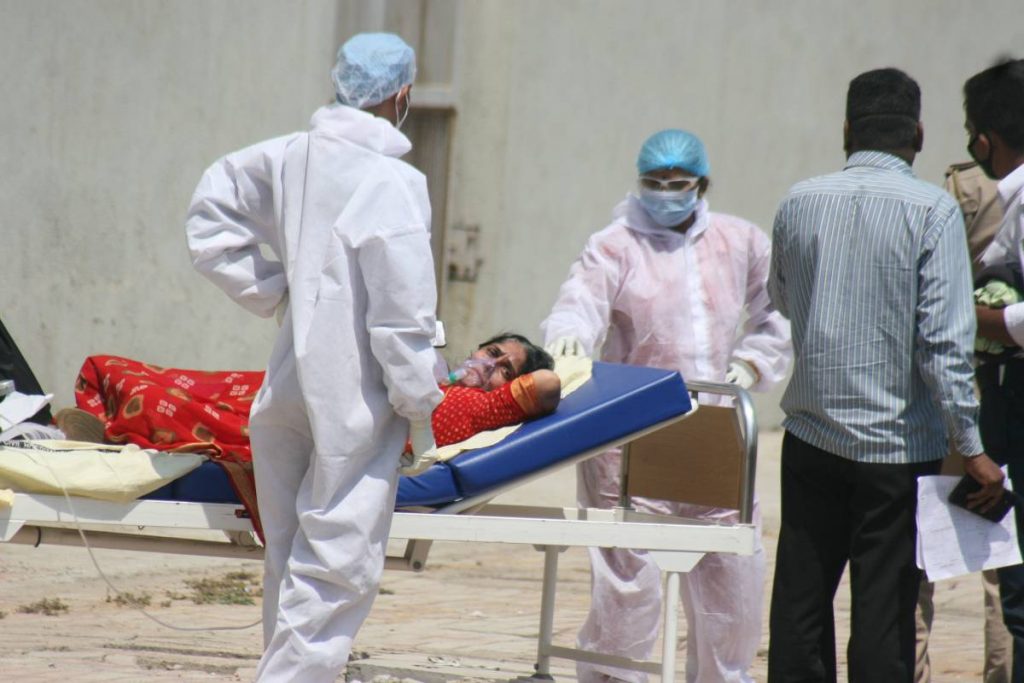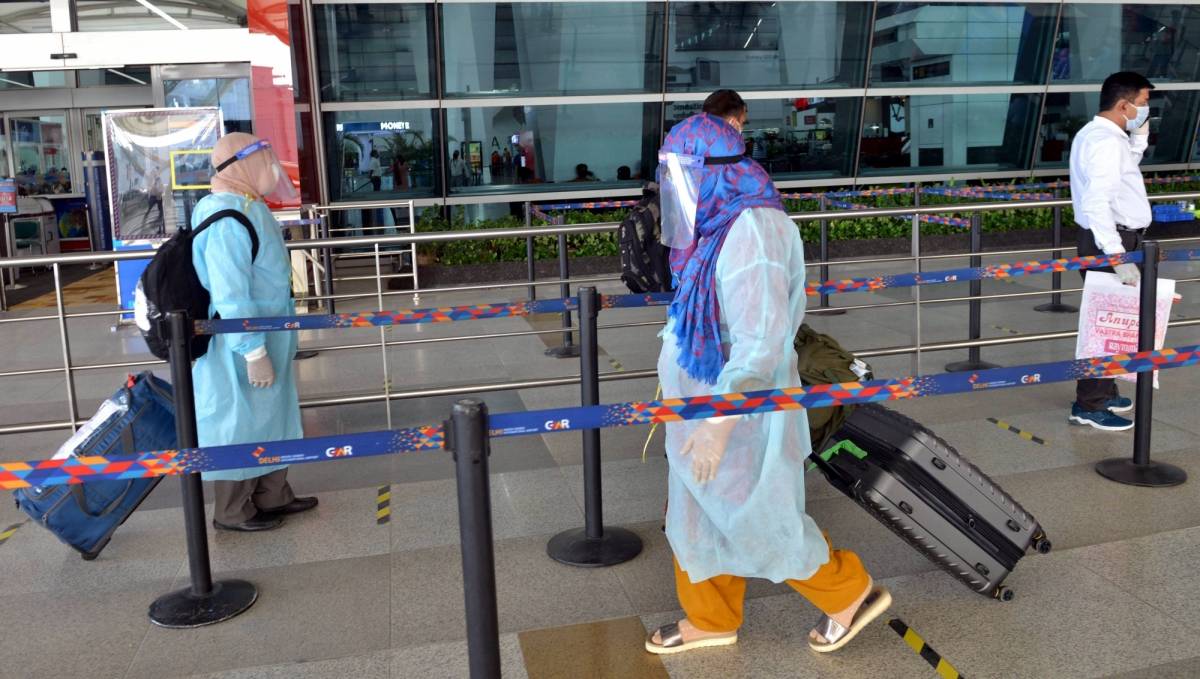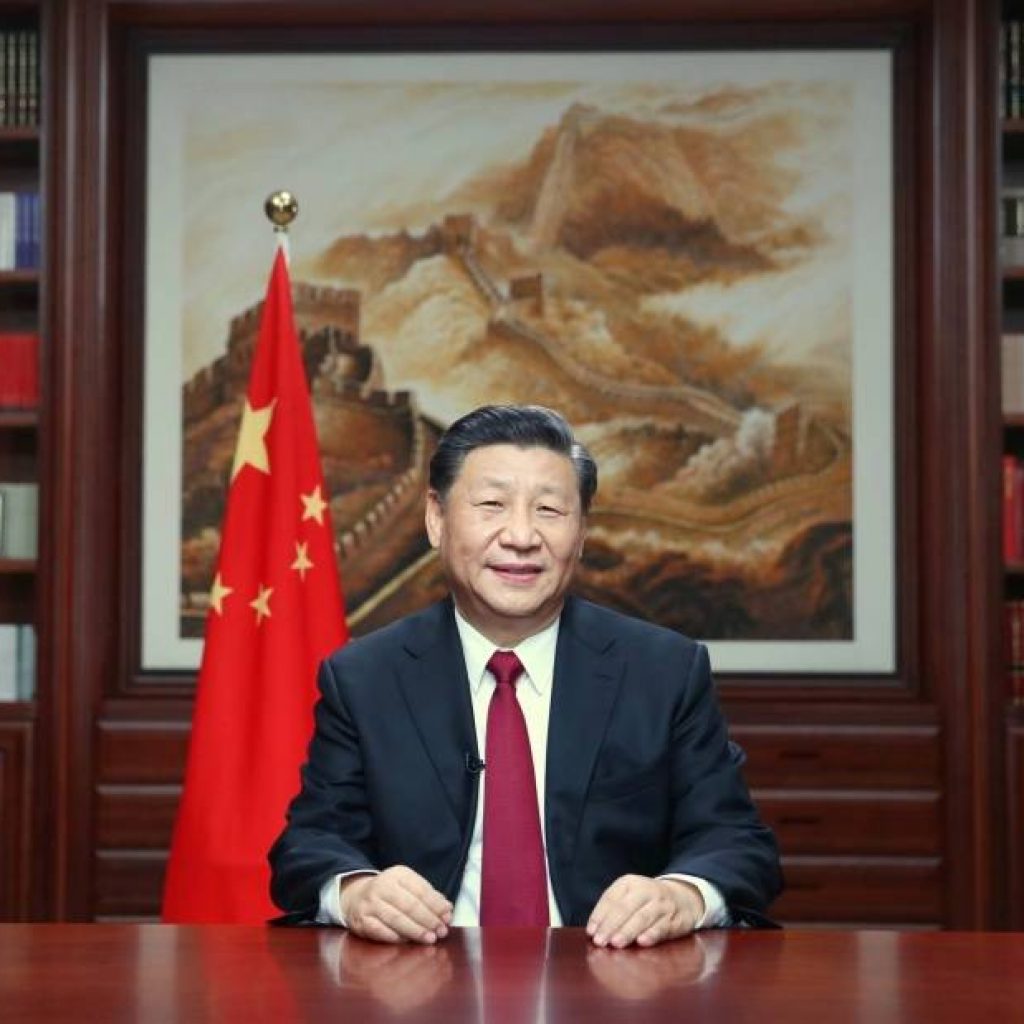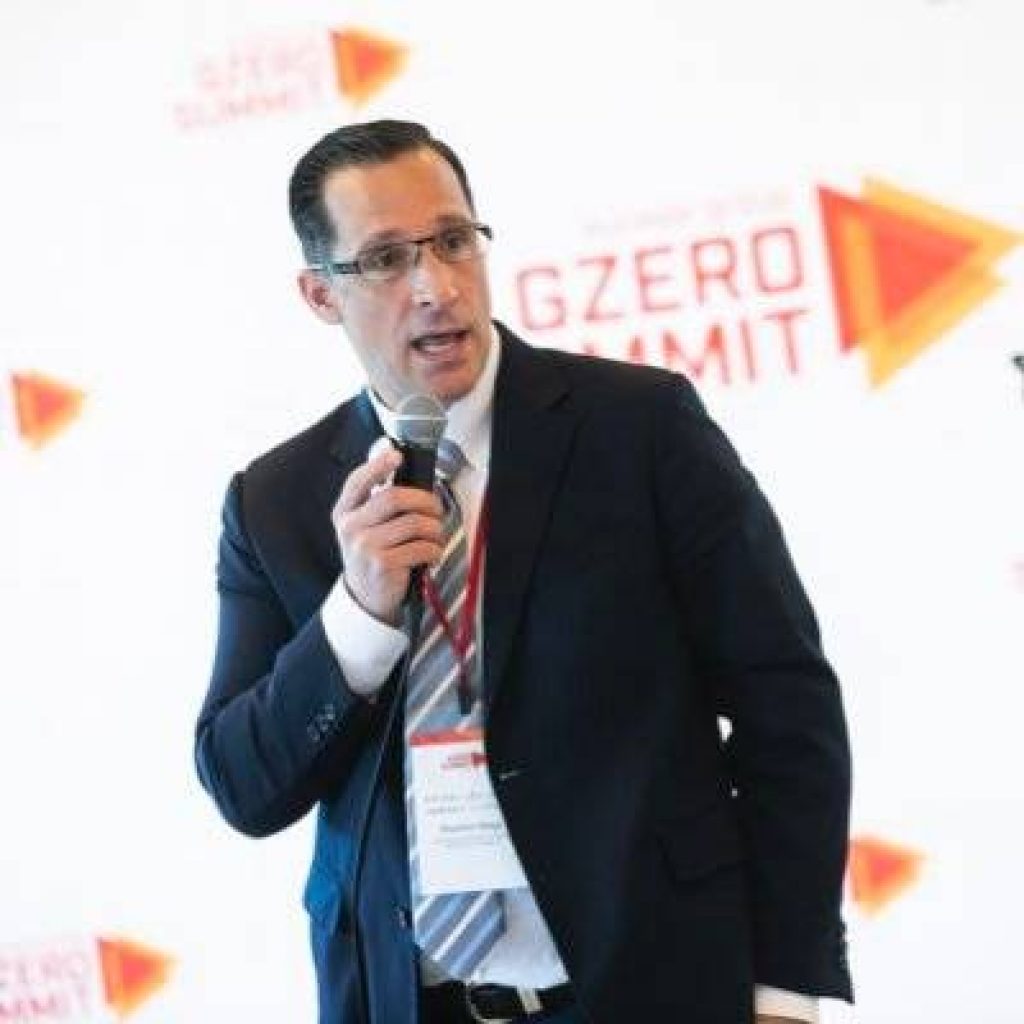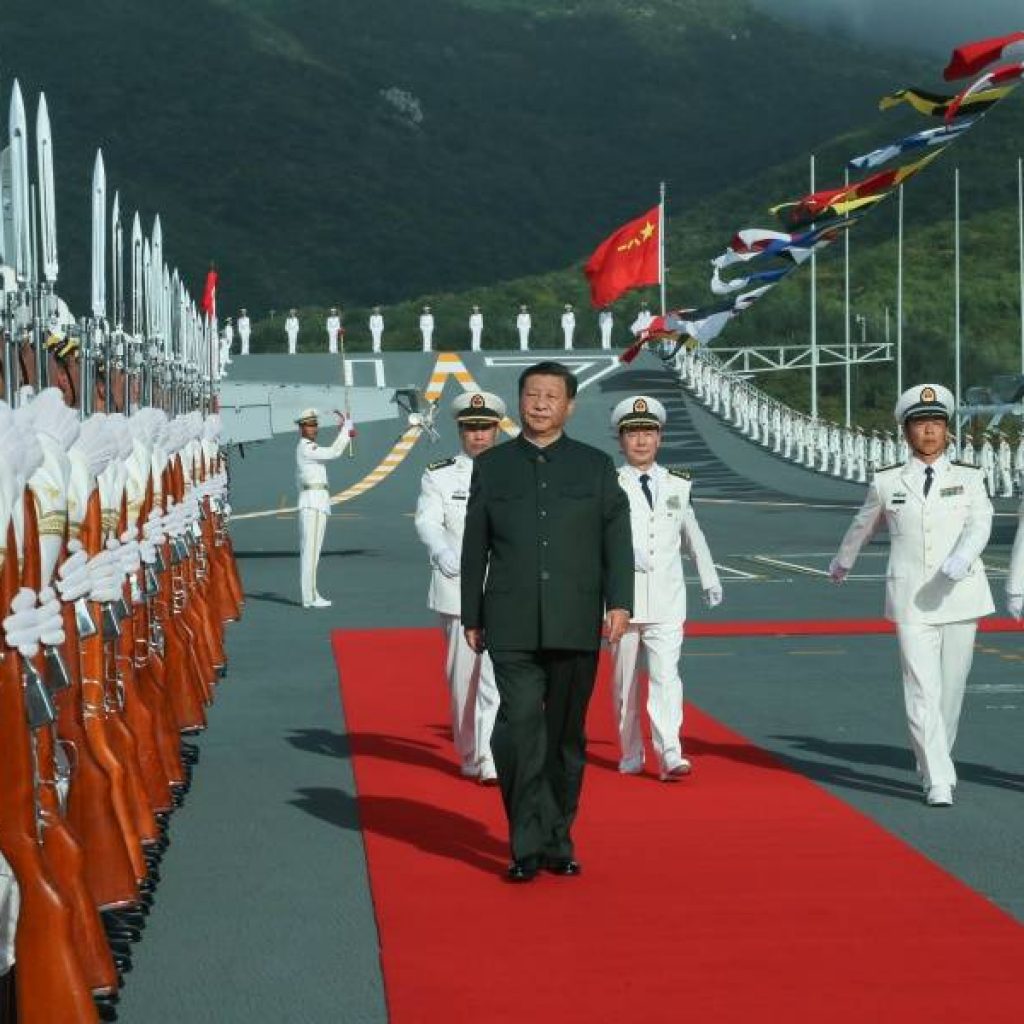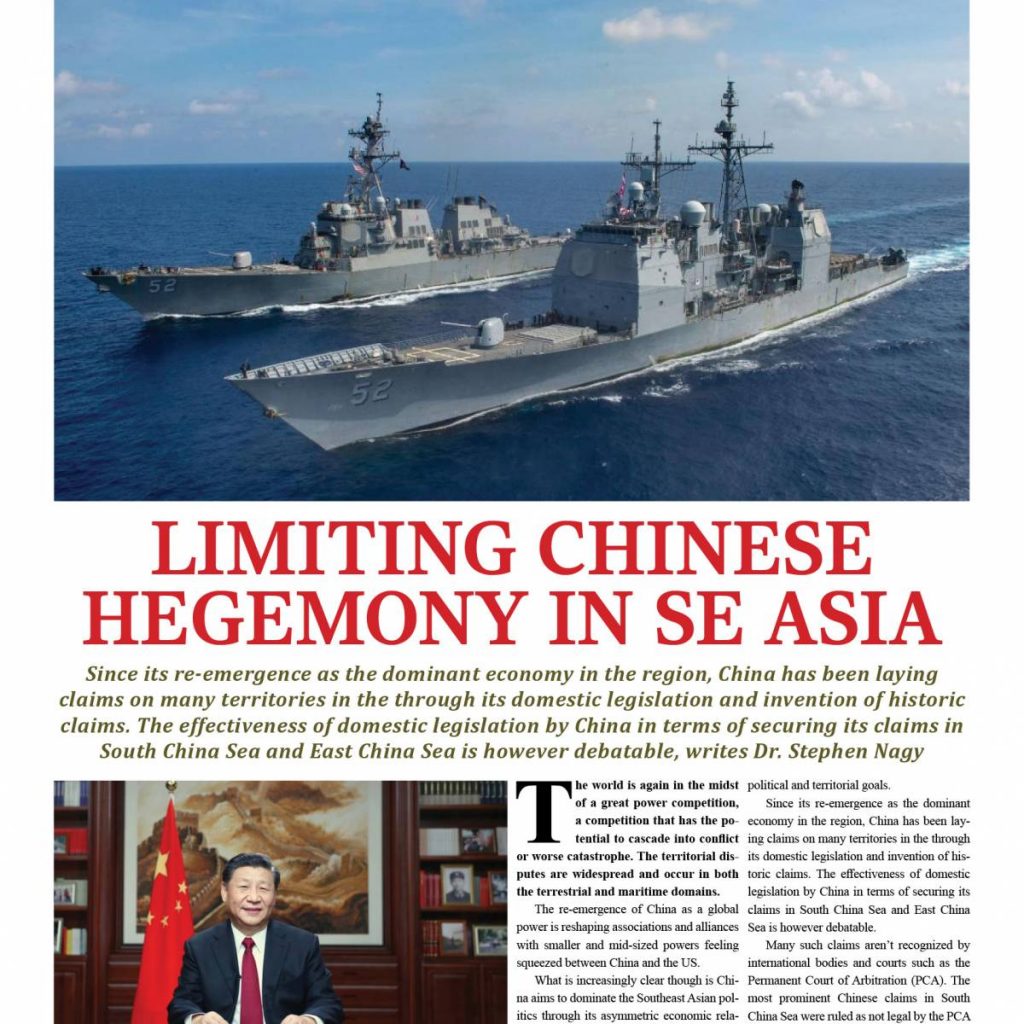The Covid-19 pandemic provided an opportunity for China to overtake the US in comprehensive global power, given that Xi Jinping has managed the aftermath of the pandemic much better than the leaders of the major countries of North America, Europe and Asia, writes Prof. Madhav Nalapat
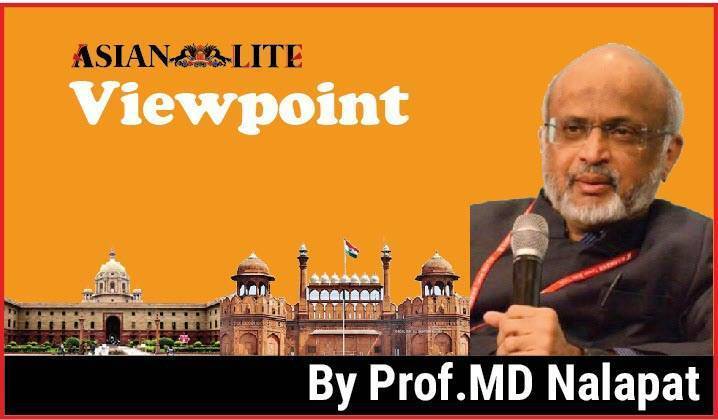
US Secretary of State Anthony Blinken very quickly echoed Henry Kissinger’s recent lament that “tensions between the US and the PRC needed to be reduced before another Cold War took place”. Blinken called on China to return to the “approved path of international cooperation”. Kissinger may be excused in view of his history, but it is a surprise that Secretary Blinken seems unaware of the Battle of Systems that China is engaged in with the US and other major democracies. The CCP leadership believes that theirs is by far the better system, and that in the ongoing contest between the two superpowers, its system will ensure that Beijing prevail over Washington.
The US Secretary of State seems to have missed what has been out in the open for at least the past six years: that Xi is engaged in a rivalry that will end only with a meltdown in one or the other of the competing systems of governance. This is a contest whose acceleration has been triggered by the 2008 financial crash caused by Wall Street. Every President of the US since Richard Nixon held the view that the ideology of the Chinese Communist Party (CCP) would permit it to accept permanently the primacy of Washington over Beijing in the international order.
It took the street-smart instincts of a New York builder to finally in 2017 enter the thinking of US President Donald J. Trump that CCP General Secretary Xi Jinping had not just accelerated the party’s longstanding drive towards global primacy, but had set a timeline and begun to implement what seemed to the CCP leadership to be a winning strategy. A plan designed to ensure the downfall of US global primacy.
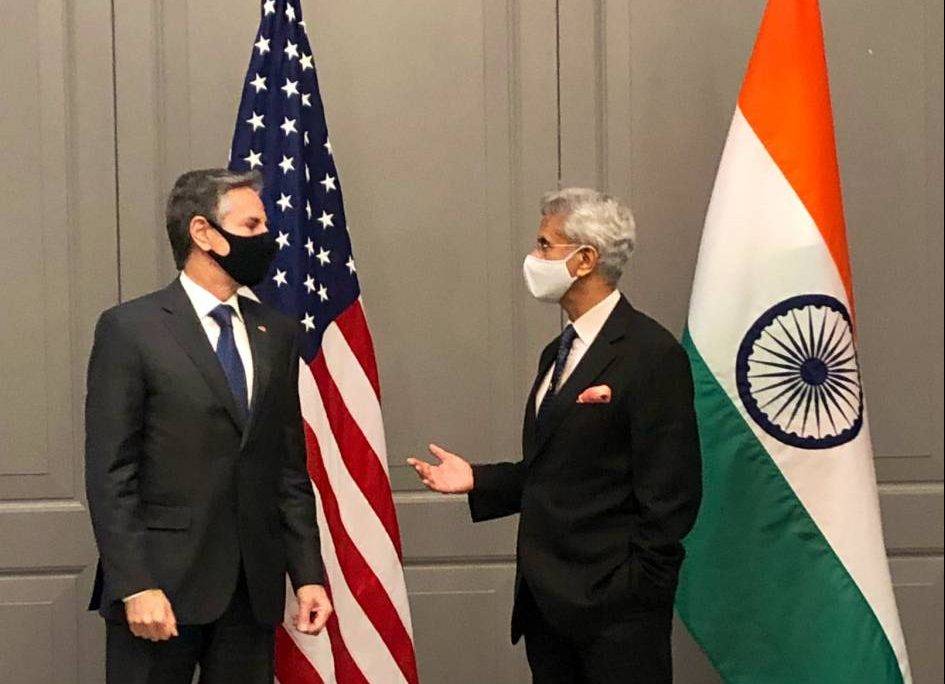
BLINKEN TOO MUCH THE OPTIMIST
Events in Hong Kong have been taken by the CCP as exposing the danger of its earlier “One Country Two Systems” policy. The risk was that a growing public preference for a less restrictive system, should that (as in Hong Kong) deliver a better lifestyle than the mechanism based on the monopoly of authority of the CCP. Which is why Xi has ensured that the system in Hong Kong has been brought closer to that in the PRC. It is now “One Country, One System” so far as residents of that Special Autonomous Region are concerned.
Until Xi Jinping demonstrates to the people of China and to the rest of the world the superiority claimed by the CCP governance system, to the people, the risk is that more and more PRC citizens may convert to the same mindset that set much of Hong Kong’s population on an openly confrontational course with Beijing over five years ago. Such manifestations of public discontent against the restrictions that the CCP leadership believes essential are regarded as an existential (and exogenous) threat by the CCP leadership. For Anthony Blinken to believe that Xi would walk back (from a path that is regarded by the CCP leadership as essential to the continuation of its rule) may be somewhat optimistic.
A financial analyst based in Hong Kong discovered in 2015 that the PRC had slowed down almost to a stop its purchase of US debt with the dollars earned from the trade deficit that the US had long had with China. The deficit was partly the consequence of the unprecedented flow of currency pumped into the economy by the US Federal Reserve Board. This boosted consumer demand, which was met mainly by production from China. After all, this was where several manufacturing chains had shifted as a consequence of the “devil take the hindmost” approach of Wall Street-tilted US government policy since the period in office of Presidents Ronald Reagan and Bill Clinton.
As long as Beijing bought US treasury bills using the money it made through trade with Washington, both countries benefitted. China from increased economic growth, the US through fiscal spending cushioned by sales of debt to the biggest source of manufactures into the US. It did not take rocket science for Xi Jinping’s advisors to realise that the reason that the US dollar value was remaining firm despite ballooning deficit spending was through the accumulation of US debt by China. Should that slow down and finally stop altogether, the US government would no longer have the money to fund even its military, and would consequently enter a period of decline.
Also read:Kinetic storm clouds gather over Indo-Pacific for Modi and Biden
The Covid-19 pandemic provided an opportunity for China to overtake the US in comprehensive global power, given that Xi Jinping has managed the aftermath of the pandemic much better than the leaders of the major countries of North America, Europe and Asia. Deficit spending—necessary to ensure the avoidance of an economic collapse, shot up to record levels during the pandemic under both Trump as well as now Biden. When Secretary of State Blinken talks of Beijing returning to the international rules of the game, what he means is that China should revert to its pre-Xi policy of funding the US deficit by purchasing Treasury bills. This when Xi has switched the surpluses got through trade with the US (and other countries, including India) from buying US debt to investing in Belt & Road Initiative (BRI) projects and in the purchase of gold from central banks in countries, most of whom are NATO members. The BRI is designed to ensure that Beijing emerges as the hub of Eurasian commerce and logistics.
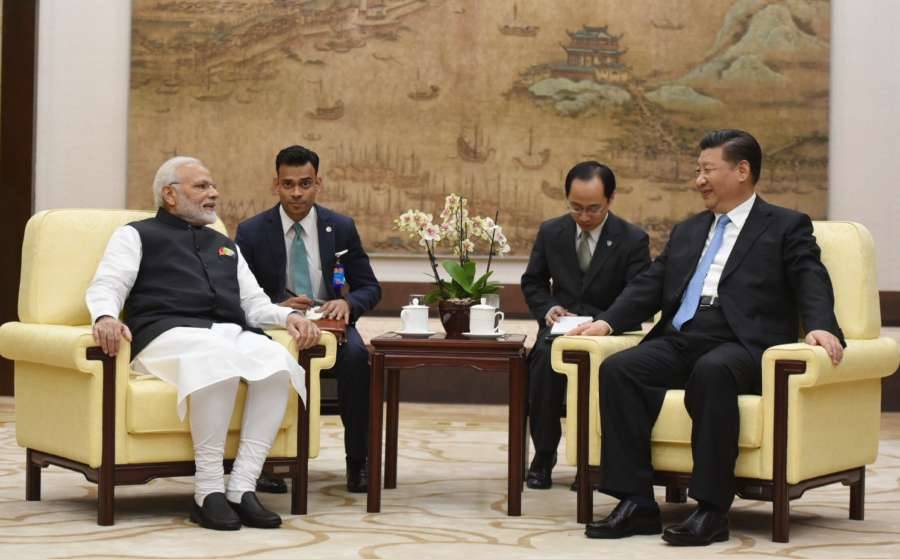
UNPRECEDENTED CHALLENGE TO INDIA AND U.S.
Simultaneously, General Secretary Xi has begun the (inevitable for other large economies as well) transition to a digital currency, the Central Bank Digital Currency (CBDC). Xi expects that this rollout will lead to a movement towards the RMB when the US dollar goes in for the painful reset that his tactics are designed to be about. About the change in outlook from Asia-Pacific to the Indo-Pacific, the objection that the CCP leadership has to such a shift is that they would like it to happen after Beijing displaces Washington as the dominant power in these waters, and not before. Apart of course from the importance given to India in the Indo-Pacific construct now being adopted by most of the Atlantic Alliance partners. CCP General Secretary Xi is working to a plan designed to ensure that India never reaches anywhere near its potential.
This has been operationalised in an increasingly transparent manner since the China-Pakistan Economic Corridor was launched a year after the “Heir to Mao”, Xi, took charge as CCP General Secretary in 2012. The leaders of India and the US are hopefully aware of the unprecedented magnitude of the challenge facing both of them. Plus the need to cobble up a strategy smart enough to overcome it. Nostrums of the past, which in different types of packaging is what Xi Jinping expects both Delhi and Washington to adhere to, will be even less effective in the new situation than they were in the past, when the US sleepwalked into creating its most potent challenger ever.
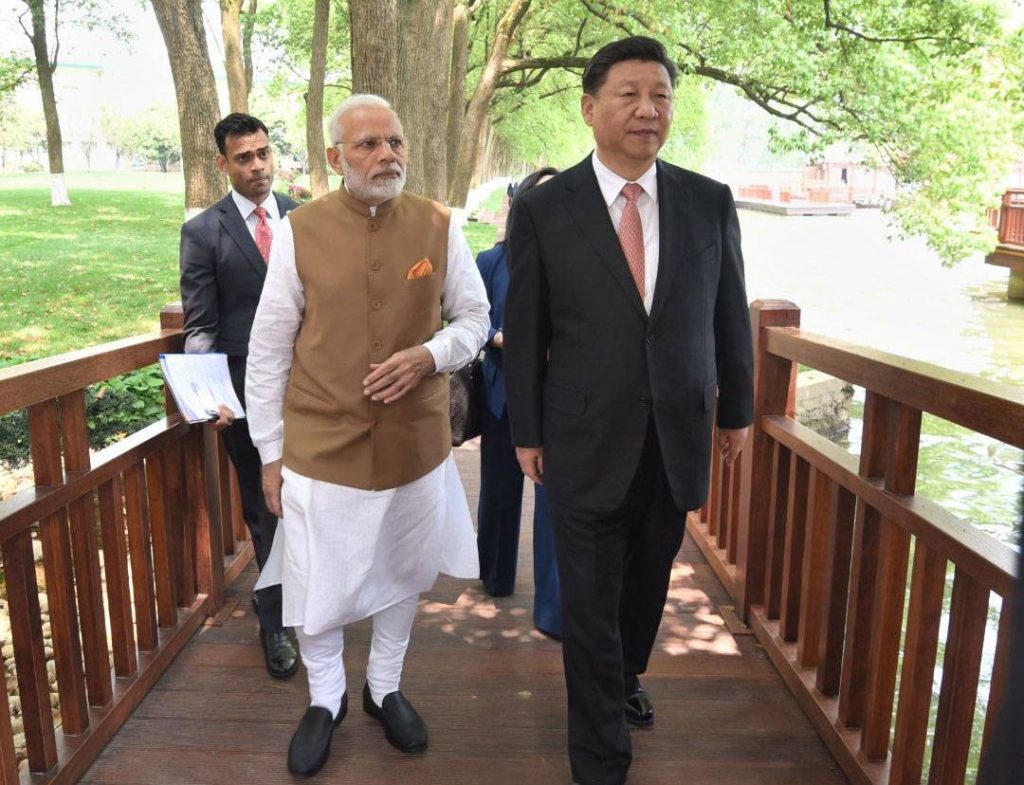
CHINA EXPECTS INDIA WILL UNDERPERFORM
In the case of India, the failure of the Union Government to anticipate the March 2021 second wave of the pandemic and prepare for it strengthened the confidence within the CCP that the country remains tethered through an outdated governance system. They believe that this will ensure that India remains true to its longstanding tradition of under-performance. The CCP expects that the pulls and pressures of competing lobbies will reduce the level of US-India security cooperation to levels safe for the PLA to operate in the Indo-Pacific region, on land, air and sea. In particular, that the operationalising of the Russian S-400 system by the Narendra Modi government will ensure that the trajectory of such relations fails to gain anywhere close to the altitude needed for both countries to work (together with other Quad members) on ensuring freedom of navigation to all and ASEAN’s right to seabed exploration in its share of the waters of the Indo-Pacific.
Just as the effects of the SARS-CoV-2 pandemic ensured the defeat of President Trump, it is expected that the same factor will work to ensure that the BJP loses the public trust needed to win the 2024 Lok Sabha polls. Hope in a better life under Modi and belief in his competence by voters is what ensured the BJP victory in 2014 and 2019. It is calculated that this hope and belief the Prime Minister will deliver on what he had promised, will get reduced with each passing day as a consequence of the handling by the Modi government of the Covid-19 crisis.
Thus far, it would appear that not a single individual in the numerous committees set up in early 2020 to battle the pandemic (and which have visibly failed to perform) has been brought to account. Whether the intervention of the Prime Minister to set matters right a month ago will suffice to turn the tide remains a matter of speculation. A forensic audit is needed of why there were delays in approving (a) those who came up with plans for new vaccines (b) production and dispersion of oxygen equipment and (c) neglect of the need to identify and ramp up the production of pharmaceuticals proved to be useful in the treatment of Covid-19.
The loss of political support has been added on to by the feeble response of North Block to the emergency caused by the pandemic, which ought to have led the Finance Ministry and the Reserve Bank of India in early 2020 itself into loosening purse strings much more than what was done. For example, by giving financial assistance to the over 26 million migrant workers stranded by the lockdown in cities all over India, so that there would not be the panic rush to their home states that was seen during the biggest lockdown in world history.
As yet, on the ground small and medium units are not getting the benefits that are being touted for schemes designed to keep them in business. Hundreds of thousands of small businesses have been shut down since the start of 2020, as have tens of thousands of medium and more than a few large businesses. What has been ramped up is a flight of entrepreneurs and innovators to locations outside India, a flight that began during the Police Constable (PC) days of the UPA and its coercive measures. Instead of dismantling these, many were added on to during Modi 1.0, and it is only during Modi 2.0 has the necessary reversal of such enterprise-killing policies has started to be carried out. As for the Quad evolving into a security mechanism, policies are yet to be discerned that move away from the standard Lutyens line of ambiguity and ambivalence.

CHINA EXPECTING DINOS TO SABOTAGE BIDEN
In the case of the US, the CCP leadership is looking towards DINOs (Democrats in Name Only). They believe that DINOs will derail the transformative reforms that President Biden and Vice-President Harris are seeking to navigate through the US Congress. The expected loss by the Democrats in the 2022 elections to the US House of Representatives and the Senate (assuming such a sabotage of the Biden-Harris policies) will further convince the CCP leadership that its gamble of accelerating the pace of transformation of the global order will pay off without triggering a kinetic conflict. The PLA is likely to lose such a contest, whether on land or sea, were the Quad to graduate to becoming a genuine security alliance rather than remain a talking shop.
In the meantime, CCP efforts will continue to topple the US dollar from its position as (i) the global unit of account and (ii) the world’s reserve currency. Petroleum, for example, is being increasingly bought by the PRC on payment of RMB rather than USD, reportedly even from Saudi Arabia. The calculation in Beijing is that a sudden decline of even 20% in the value of the dollar will lead to selling pressure that would force it down to much lower levels, thereby opening the field to the digital (and gold-backed) alternative being developed by Xi. Given the manner in which the CCP leadership is working to a plan designed to displace the US by first displacing the economy as the biggest in the world, later the US dollar and finally, end the lead of the US in advanced technology, it may be a sign of a disconnect from current reality that Henry
A. Kissinger still expects that a reconciliation is possible between Beijing and Washington except on surrender terms. In other words, the “White Flag” terms negotiated by the Trump administration with the Taliban, and which seems to have been accepted by President Biden. Meanwhile, the Central Bank Digital Currency (the digital RMB) will be getting ready in time for the anticipated dollar reset. Clearly, the CCP leadership believes that both the wallet as well as the gun are essential in the pursuit of power.

PLAN FOR SUCCESS
The assumption underpinning such calculations by the CCP leadership is that the Quad will not, owing to contradictory policies of its members, develop the structures needed to ensure a united response to efforts by the PLA to expand the land, air and sea space controlled by the PRC. And that business logic will prevent substantial de-coupling of production units from China to other locations. India was seen by many corporates as a suitable alternative, but that was before the second wave of SARS-CoV-2 struck. Should Prime Minister Modi do the impossible and be able to turn things around in India during the next two weeks, that would pose a significant challenge to the plans of the CCP leadership to ensure that the PRC remains the manufacturing (and increasingly the technological) hub of the world.
Should President Biden succeed in getting his plans for rejuvenation of the US economy and society approved by the US Congress, that would be a second blow to the CCP leadership. The months ahead will tell if India and the US can get their act together in time to enable a reversal of the progress made by the PRC. Both the authoritarian as well as the democratic systems are on test, and the outcome depends on who will come out the winner, Xi or Modi and Biden. As matters stand, even sufficient pairing between the two biggest democracies in the world remains a work in progress. The weeks ahead need to be much more productive than past months have been. Cold War 2.0 is very much a Zero Sum game.
Also read:China alarmed after Myanmar protestors attacked strategic pipeline station



